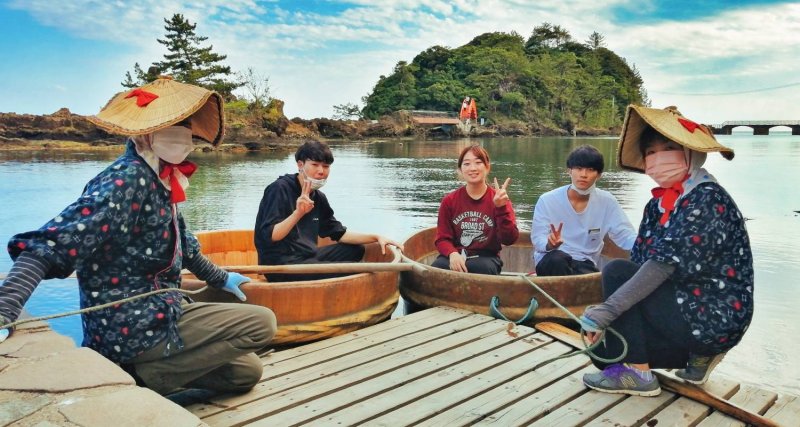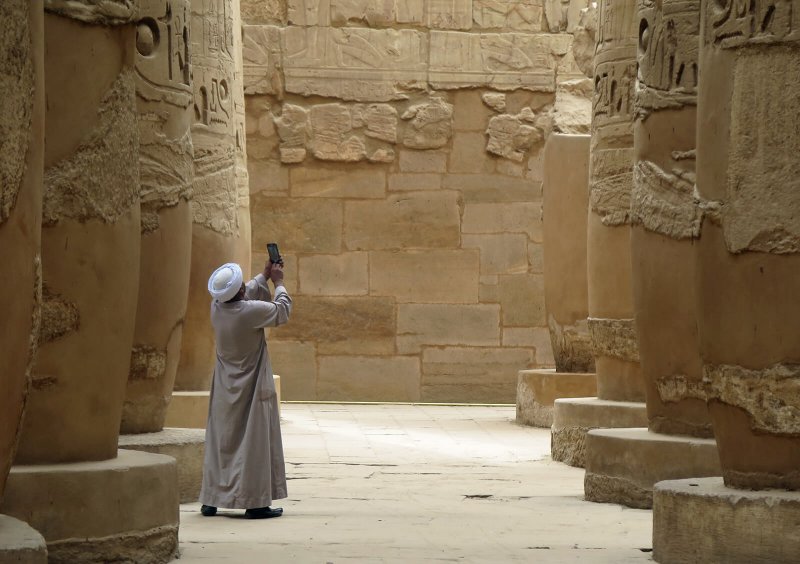Japan, a land of exquisite beauty and timeless traditions, has long captivated the imaginations of travelers from around the world. Its rich cultural heritage, intricate rituals, and stunning landscapes have given rise to a unique tapestry of experiences. Among the most enchanting of these experiences are the intertwining realms of temples and tea, where visitors can immerse themselves in the heart and soul of Japanese culture.
The Spiritual Oasis of Temples
Temples, often nestled in serene natural settings, serve as spiritual sanctuaries and hold a deep significance in Japanese society. These sacred spaces are a testament to the country’s enduring ties to its ancient past. Visitors seeking cultural immersion will find that Japan’s temples are not merely places of worship, but gateways to understanding the nation’s history and values.
Kyoto, a city renowned for preserving Japan’s traditional culture, boasts some of the most exquisite temples. Kinkaku-ji, the famed Golden Pavilion, stands as a shimmering testament to the beauty of Zen Buddhism. Its reflection in the tranquil pond that surrounds it creates an almost ethereal ambiance. Fushimi Inari Taisha, with its iconic vermillion torii gates that wind up a forested hillside, is a testament to Shinto reverence for nature.
In Nara, the Tōdai-ji temple complex houses the colossal Great Buddha statue, a humbling representation of the devotion that inspired its creation. As you stand before these awe-inspiring structures, it’s impossible not to feel a connection to the spiritual essence of Japan’s history.
Tea: An Elixir of Tranquility
Japanese tea culture, rooted in Zen philosophy, is an art form that offers a glimpse into the simplicity and mindfulness that define Japanese life. At the heart of this culture is the tea ceremony, a ritualized practice that extends far beyond the simple act of sipping tea. The ceremony encapsulates the core principles of harmony, respect, purity, and tranquility.
Matcha, a finely ground green tea powder, is the star of this cultural tradition. Preparing matcha involves precise movements and attention to detail, turning the process into a choreographed performance. The serene atmosphere, the rhythmic sound of bamboo whisks, and the elegant aesthetics of the tea utensils all contribute to an experience that transcends the boundaries of time.
Bridging Past and Present
The convergence of temples and tea allows travelers to bridge the gap between the past and the present. Visiting a temple and participating in a tea ceremony provide insights into Japan’s history while also offering a space for personal reflection and cultural exchange.
Imagine wandering through the peaceful gardens of a temple, observing the play of light and shadow on ancient wooden structures. Afterward, you’re invited to a traditional tea house where you sit on tatami mats, savoring the rich aroma of matcha and contemplating the beauty around you. This juxtaposition of the sacred and the serene captures the essence of Japan’s cultural duality.
A Call to Experience
To immerse yourself in the tapestry of Japan’s culture through temples and tea is to embark on a journey of introspection and enlightenment. It’s a chance to step outside the fast-paced world and embrace a slower, more deliberate pace. As you traverse the cobbled paths of temples and savor the delicate flavors of matcha, you’ll find yourself connecting not only with Japan’s cultural heritage but also with the shared humanity that transcends borders and time.
In Conclusion
it’s not just about visiting these sites; it’s about experiencing them fully. It’s about taking a moment to appreciate the profound wisdom of the past and the beauty it continues to impart to the present. So, whether you’re an avid traveler seeking cultural depth or simply someone yearning for a taste of Japan’s soul, temples and tea offer a journey like no other—a journey into the heart of a nation, where tradition and tranquility intertwine in perfect harmony.




